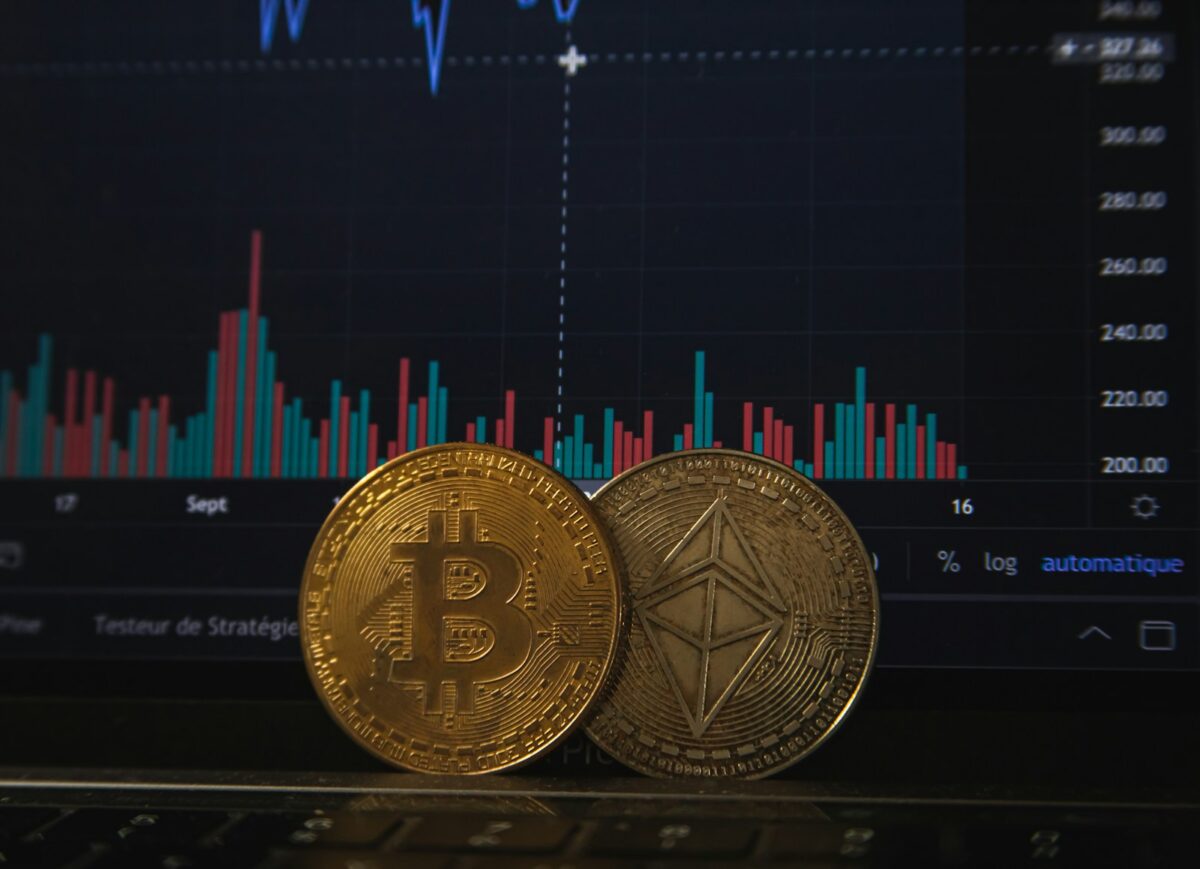Forks in blockchain explained
The distinction between soft and hard upgrades lies in how the network’s consensus rules evolve. A soft update maintains backward compatibility, allowing nodes that do not upgrade to remain part of the community without rejecting new blocks. Conversely, a hard change enforces new rules incompatible with previous versions, resulting in a permanent chain split if […]










